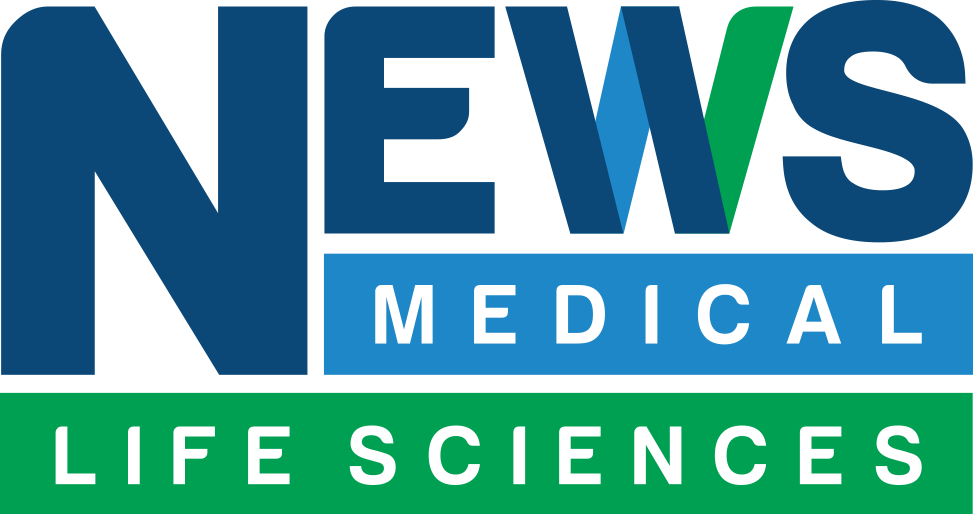
A pioneering international project, led by prominent female scientists and involving research staff from the Universidad Carlos III de Madrid (UC3M), has recently concluded its parabolic flight campaign in Bordeaux, France. The initiative, promoted by the Spanish Space Agency (AEE), aims to study and counteract the adverse effects of microgravity on the human body—a critical challenge for future lunar and Martian exploration missions.
Heading the research is Professor Ana Díaz Artiles from Texas A&M University (TAMU, USA), who also serves as an honorary professor in the Department of Aerospace Engineering at UC3M. Her team has tested an innovative countermeasure designed to protect the cardiovascular and ocular health of astronauts during long-duration missions. The findings of this research are not only pivotal for the future of human space exploration but could also have significant applications on Earth, particularly in the treatment of vascular diseases and cardiovascular rehabilitation.
Innovative Approaches to Space Health Challenges
This project marks a significant milestone due to its unique approach and the composition of its team, which includes a notable number of women and Spanish participants. Among the team members are Sara García Alonso, a reserve astronaut for the European Space Agency (ESA); Isabel Vera Trallero, director of the Office of Space and Society at the Spanish Space Agency; and Beatriz Puente-Espada, director of the Aerospace Medicine Training Center (CIMA) of the Air and Space Force. The Spanish team is further strengthened by Professor Óscar Flores Arias, director of the Department of Aerospace Engineering at UC3M, master’s student Huc Pentinat Llurba at TAMU, and the participation of the National Institute of Aerospace Technology (INTA).
The announcement comes as space agencies worldwide are intensifying their efforts to address the health challenges posed by microgravity. The absence of gravity affects various physiological systems, including the cardiovascular and musculoskeletal systems, and can lead to significant health issues for astronauts. By developing effective countermeasures, this project aims to ensure the well-being of astronauts on future missions.
Potential Earthly Applications and Broader Implications
While the primary focus of this research is on space exploration, the potential applications on Earth are equally promising. The innovative countermeasures being developed could revolutionize the treatment of vascular diseases and enhance cardiovascular rehabilitation methods. This dual benefit underscores the importance of investing in space research, as the technologies and knowledge gained often have far-reaching impacts beyond their initial scope.
“The results of this research will not only be crucial for the future of human space exploration but could also have important applications on Earth, such as in the treatment of vascular diseases and cardiovascular rehabilitation.” — Ana Díaz Artiles, Professor, Texas A&M University, USA
According to experts, the collaboration between international scientists and institutions is vital for advancing our understanding of microgravity’s effects and developing effective solutions. This project exemplifies the power of global cooperation in tackling complex scientific challenges.
Looking Ahead: The Future of Human Space Exploration
The move represents a significant step forward in preparing for future missions to the Moon and Mars. As space agencies plan for extended stays on these celestial bodies, addressing the health risks associated with microgravity becomes increasingly urgent. The insights gained from this project will likely inform the development of new protocols and technologies to safeguard astronaut health.
Meanwhile, the successful completion of the parabolic flight campaign in Bordeaux marks just the beginning of a series of experiments and studies. The research team plans to continue refining their countermeasures and expanding their understanding of microgravity’s impact on human physiology.
As this groundbreaking project progresses, it holds the promise of transforming not only the future of space travel but also the medical landscape on Earth. The collaborative efforts of UC3M and its international partners demonstrate the potential of science to transcend boundaries and address some of the most pressing challenges of our time.







